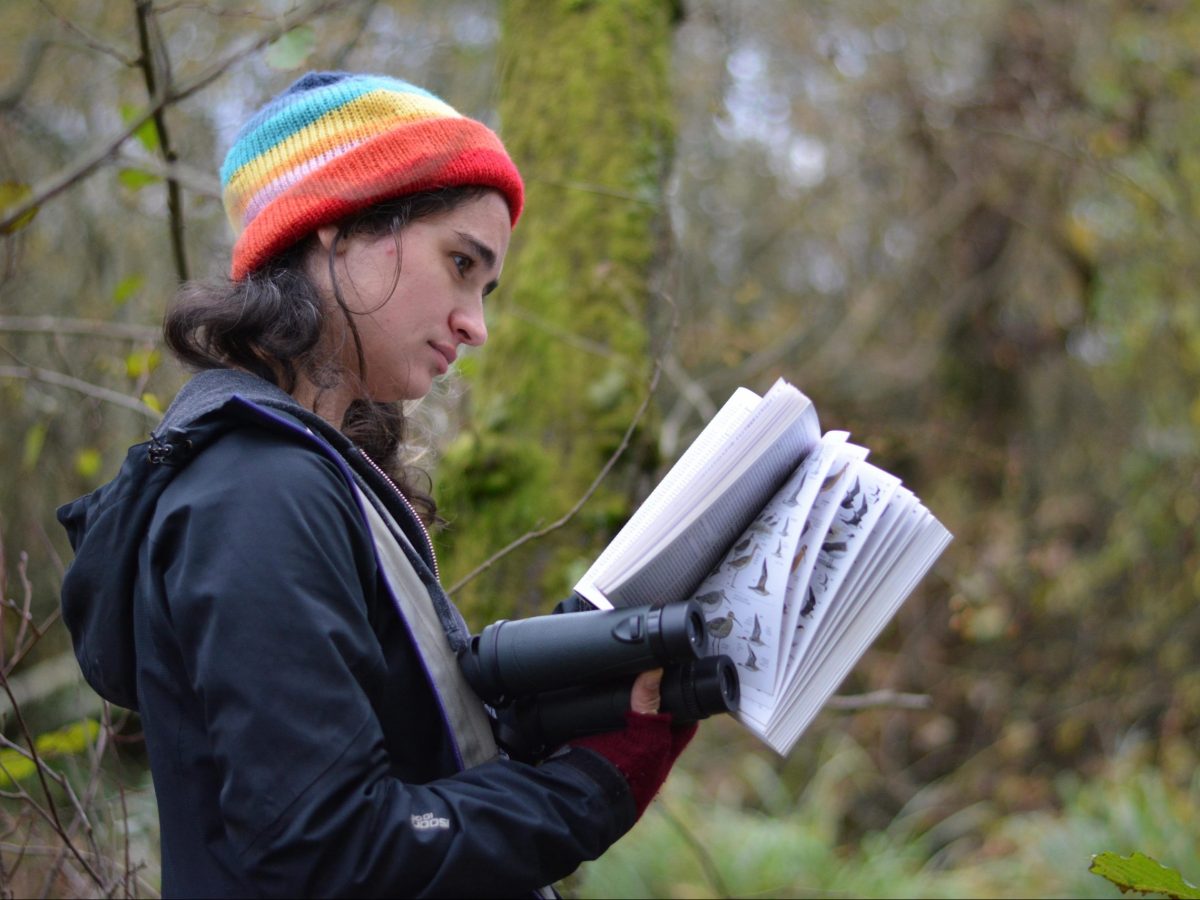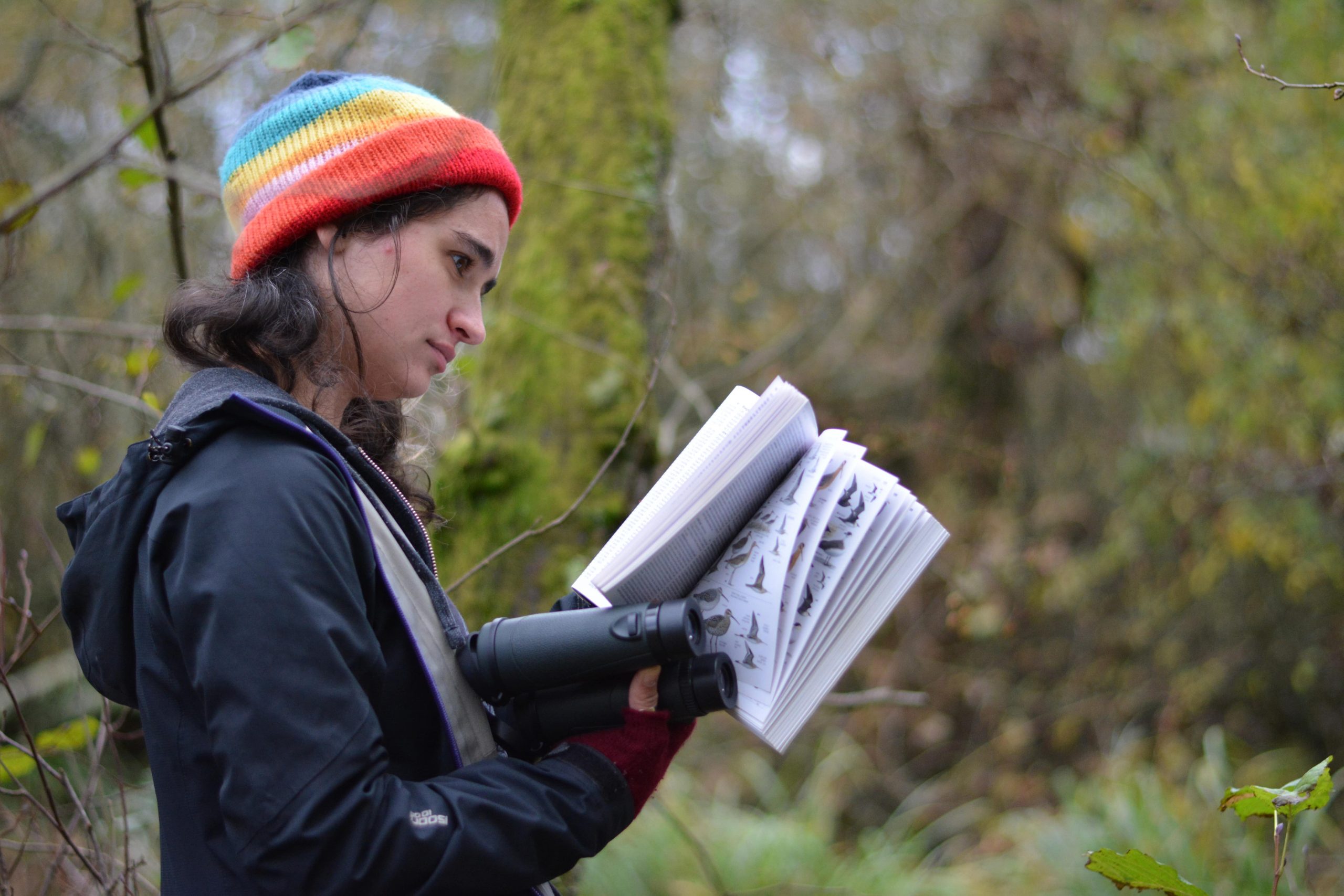
During lockdown and social isolation, many of us appreciated how important nature is to our happiness and wellbeing. It also gave us an opportunity to connect with local wildlife and develop or brush up on our identification and field skills.
While a good field guide is invaluable for this, there are also a huge number of really useful online resources available to help with identifying wild plants and animals. In this article we have listed a few of our favourites, covering plants, butterflies and moths, amphibians, birds, mammals and invertebrates.
We have also included links to ongoing citizen science projects for each; if you’re regularly taking note of the species you find then why not contribute this information to an organisation that can use the data to monitor biodiversity and inform conservation decisions.
At the end of the article you will find a couple of apps that can be used to record, identify and share your general wildlife findings.
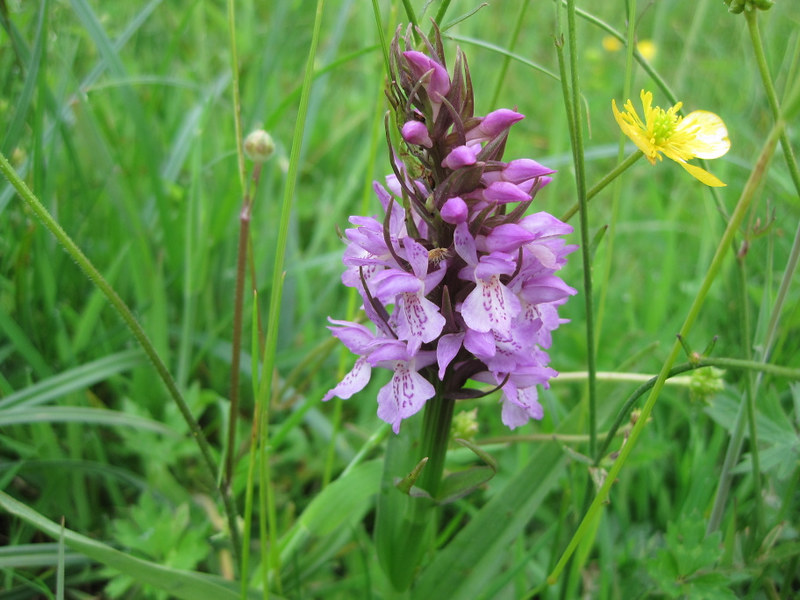
PLANTS
Identification
Plantlife’s Plant and Fungi Species – Allows you to select the time of year, flower colour and habitat to narrow down your search.
Botanical Society of Britain and Ireland (BSBI) Flora Search – A more in-depth key that allows you to select information relating to the plant’s location, habitat and structure in order to identify your specimen.
Makaques UK/Irish Flora Key – A new interactive key to the flora of the British Isles, this in-depth database includes information on 3221 native and introduced species.
Citizen Science Projects
BSBI New Year Plant Hunt – Start the year with a plant hunt, and help the BSBI to study how our wild and naturalised plants are responding to changes in autumn and winter weather patterns.
National Plant Monitoring Scheme – This habitat-based plant monitoring scheme provides robust and much-needed data on changes in our wild plants and their habitats.
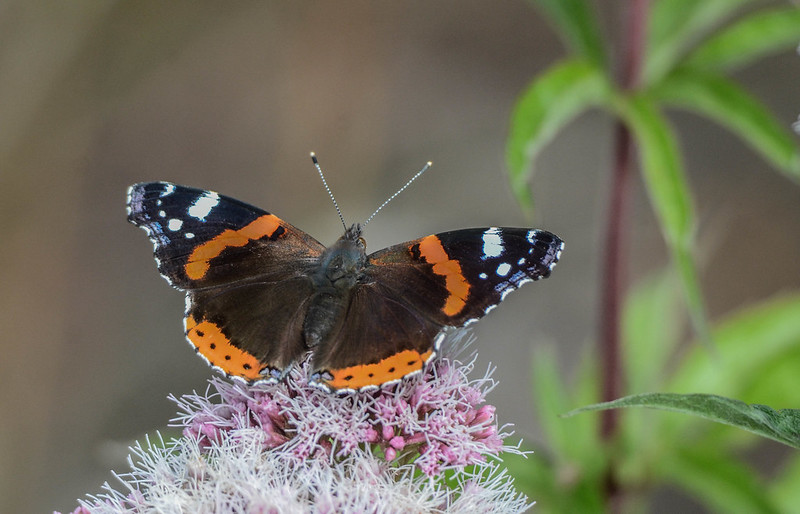
BUTTERFLIES AND MOTHS
Identification
Butterfly Conservation’s Identify a Butterfly – Search the database using criteria such as location, size, colour and markings or search using an A-Z list of species names.
UK Butterflies Identification – Includes an extensive database of butterfly photographs, including those of immature life stages.
Butterfly Conservation’s Identify a Moth – Search the database using criteria such as location, size, colour and markings or search using an A-Z list of species names.
UKMoths – A comprehensive database of 2261 moth species found in the British Isles.
Citizen Science Projects
Butterfly Conservation Recording and Monitoring – This Butterfly Conservation page contains details of all of their current volunteer monitoring projects.
National Moth Recording Scheme – Covering over 900 species of macro-moth, this scheme hopes to benefit nature conservation, public understanding and ecological research.
Big Butterfly Count – this annual, UK-wide survey aims to assess the health of our environment simply by counting the amount and type of butterflies (and some day-flying moths) we see.
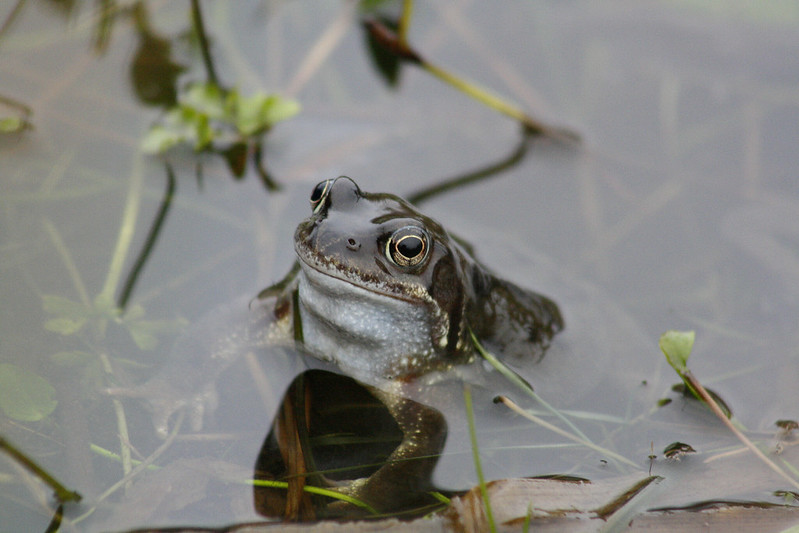
AMPHIBIANS and Reptiles
Identification
ARG UK Identification Guides – Download a helpful range of ID guides covering amphibians and reptiles, including guides to eggs and larvae to improve your field skills.
Citizen Science Projects
National Amphibian and Reptile Recording Scheme – Includes a range of different surveys suitable for volunteers.
Amphibian and Reptile Record Pool – The Record Pool allows users to submit UK herpetofauna sightings and makes the data available, locally and nationally, for conservation purposes.
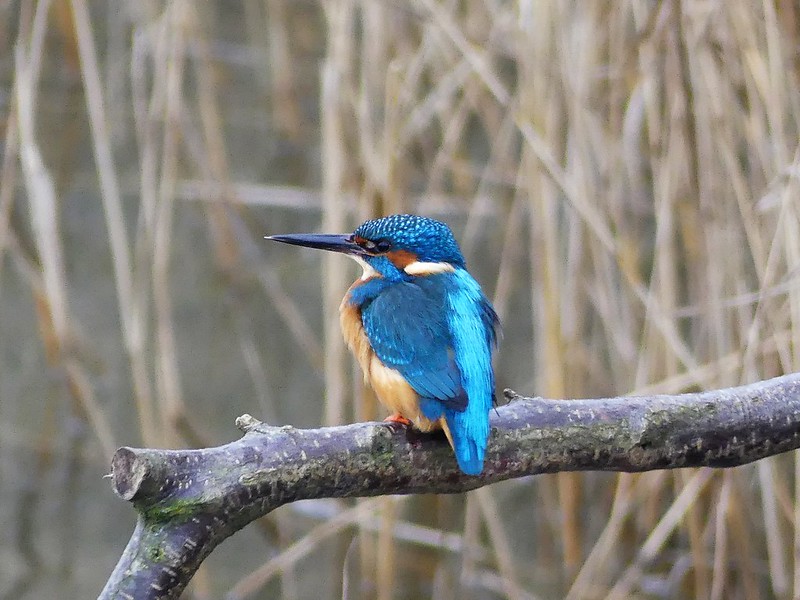
BIRDS
Identification
RSPB Identify a Bird – This bird identifier lists 406 species of UK birds and allows you to search the database using a combination of physical and behavioural characteristics.
BTO Bird Identification Videos – This series of videos will help you with identifying some of the trickier species.
Xeno-canto – A comprehensive database of bird sounds from all over the world.
Chirp! Bird Songs UK & Europe – This app will help you to identify and learn bird songs. (Available for iPad and iPhone only).
Citizen Science Projects
RSPB Big Garden Birdwatch – Take part in the world’s largest wildlife survey and help the RSPB to find out how our garden birds are doing. Takes place annually in January.
BTO Volunteer Surveys – On this webpage you will find a list of current BTO surveys, schemes and projects, available to suit a wide range of field skills and expertise.
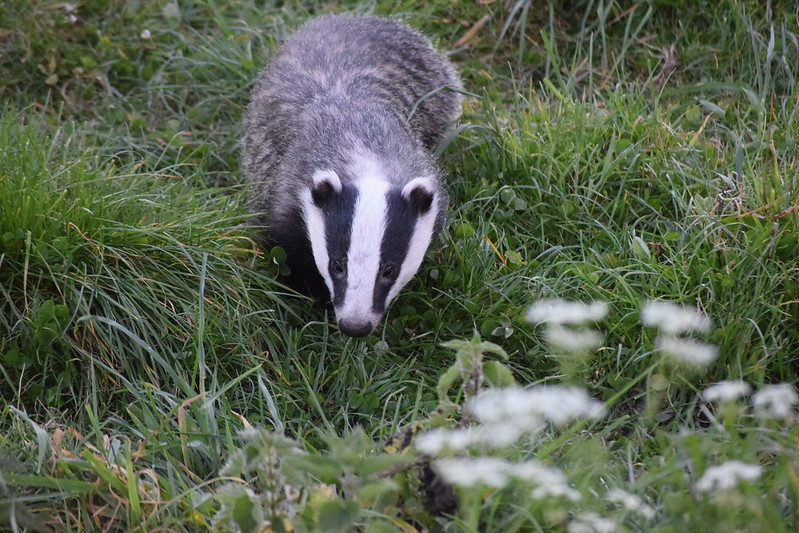
MAMMALS (including bats and cetaceans)
Identification
Mammal Society Species Hub – Find out more about the UK’s 90 species of mammal, including bats and cetaceans.
Bat Conservation Trust UK Bat Information – Learn about the 18 species of bat found in the UK and download species information sheets for each.
Citizen Science Projects
Mammal Society Record Submissions – Report your mammal sightings on this page or using the Mammal Mapper app.
PTES Living with Mammals Survey – Record your sightings of mammals and help to protect their future.
PTES Water Vole Monitoring Programme – Survey a regular site or report a one-off sighting of a water vole and help protect the UK’s fastest declining mammal.
PTES Mammals on Roads Survey – Submit sightings of any mammals (dead or alive) that you see on the roads.
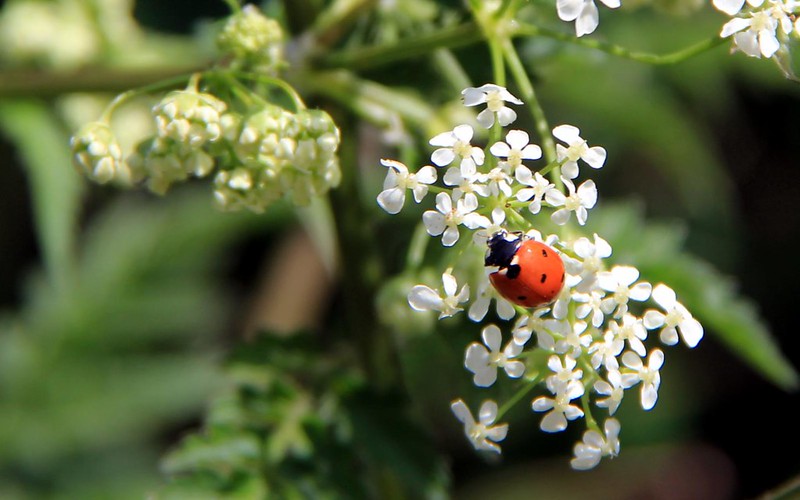
INVERTEBRATES / BUGS
Identification
Buglife’s Identify a Bug – Handy questionnaire to help you identify and find out more about your invertebrate specimen.
Freshwater Habitats Trust Freshwater Creatures – Learn more about our freshwater creatures (also includes information about aquatic mammals, amphibians, fish and birds).
Citizen Science Projects
Buglife Surveys – Get involved in one of Buglife’s projects, including surveying for the Northern February red stonefly and recording invasive species found in pot plants.
UK Glow Worm Survey – Submit your glow worm sightings using this online form.
PTES Great Stag Hunt – Help guide future conservation action for stag beetles by recording your sightings.
Riverfly Partnership Projects – Find out more about all of the Riverfly Partnership’s ongoing monitoring projects. Options are available for a range of skill and experience levels.
Apps
iSpot – Created in collaboration with the Open University and the OpenScience Laboratory, iSpot is a community-based app that allows you to record and share your wildlife sightings and get feedback from other users regarding any identification queries that you might have.
iRecord – This app enables you to get involved with biological recording by contributing your species sightings along with GPS acquired coordinates, descriptions and other information. Data is then made available to National Recording Schemes, Local Record Centres and Vice County Recorders (VCRs) to help with nature conservation, planning, research and education.
iNaturalist – This site and its two apps (iNaturalist and Seek) helps you identify the plants and animals around you, while also connecting you with a community of naturalists, citizen scientists and biologists to help map and share observations of biodiversity across the world.

